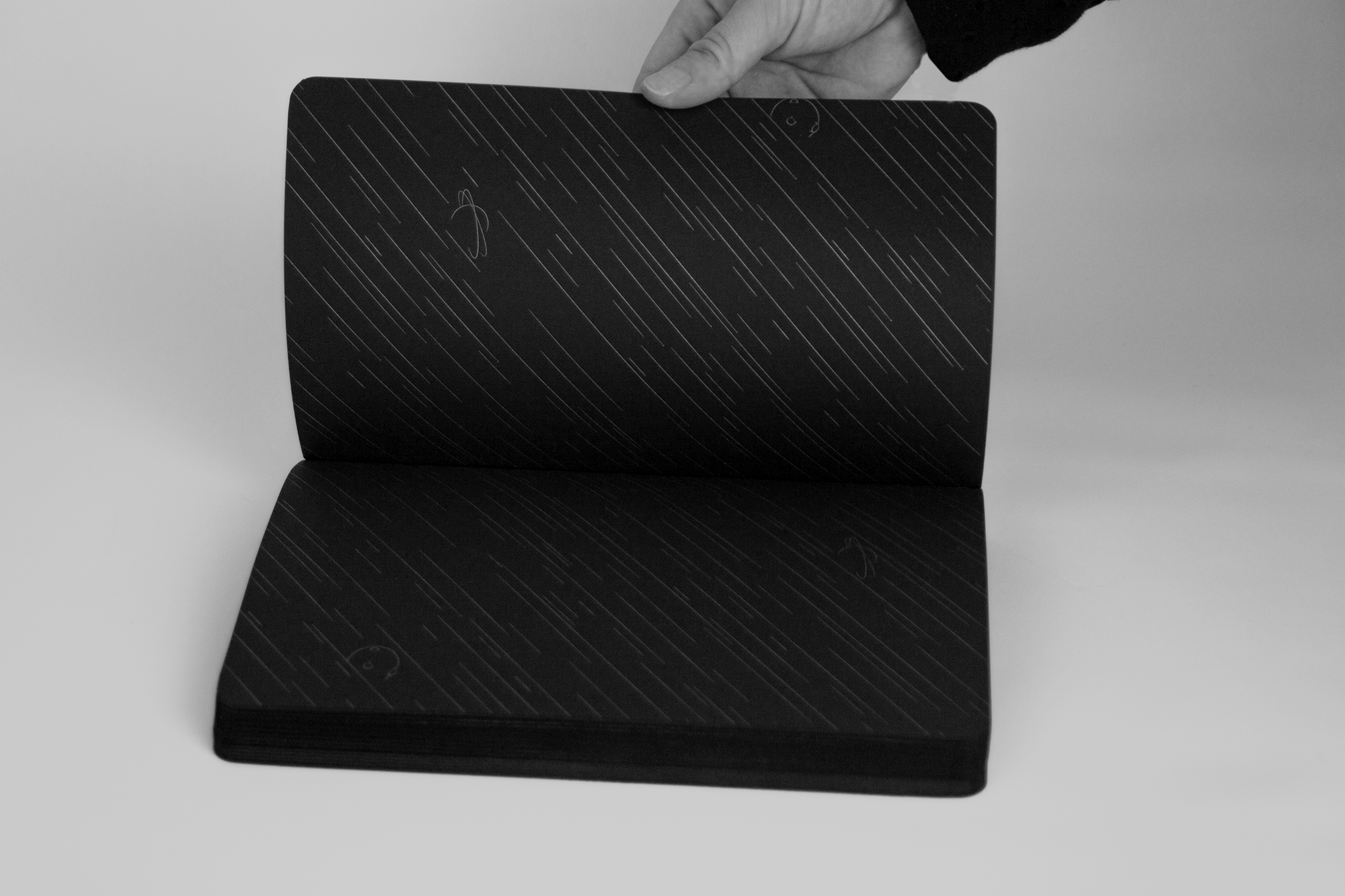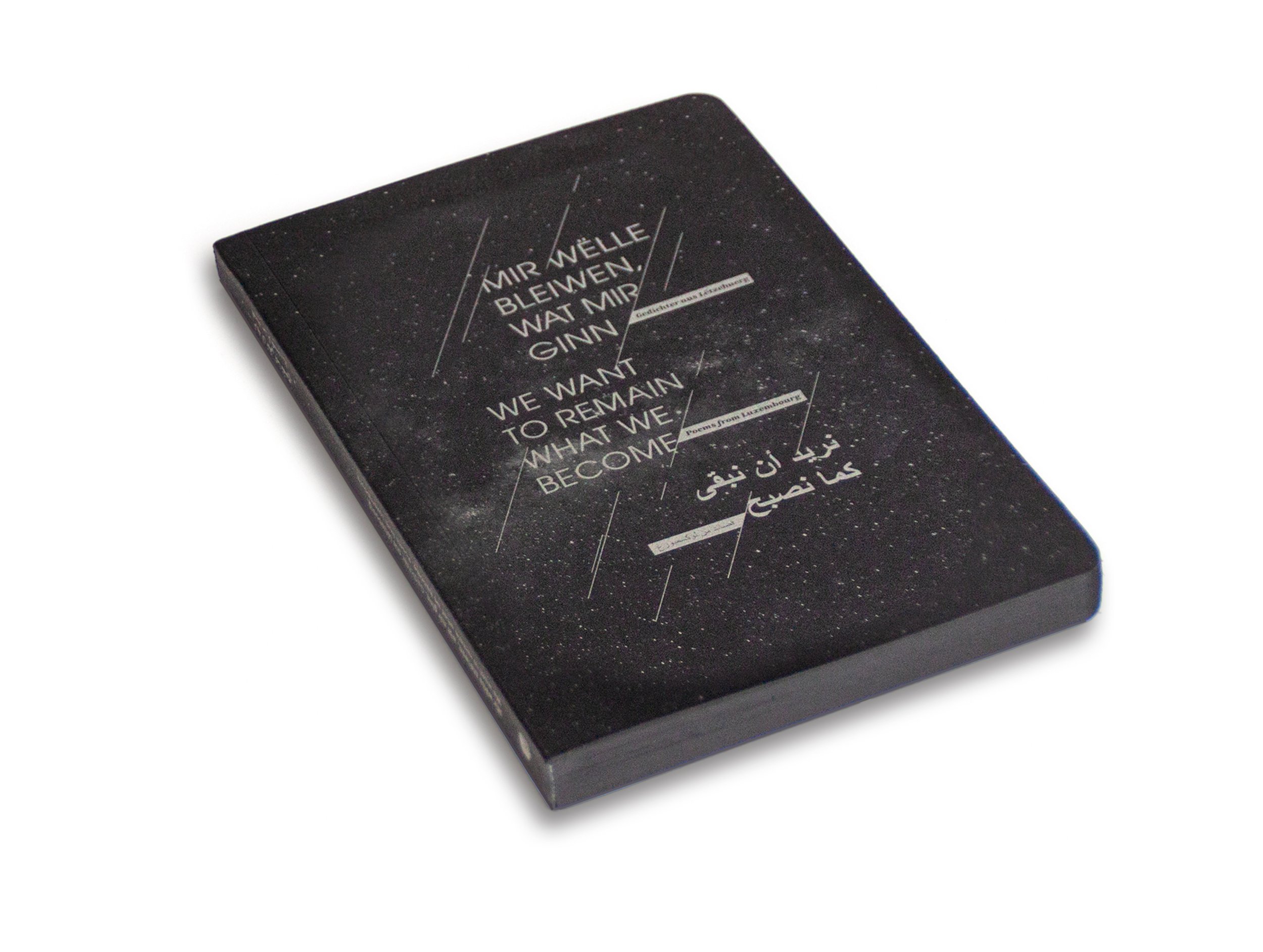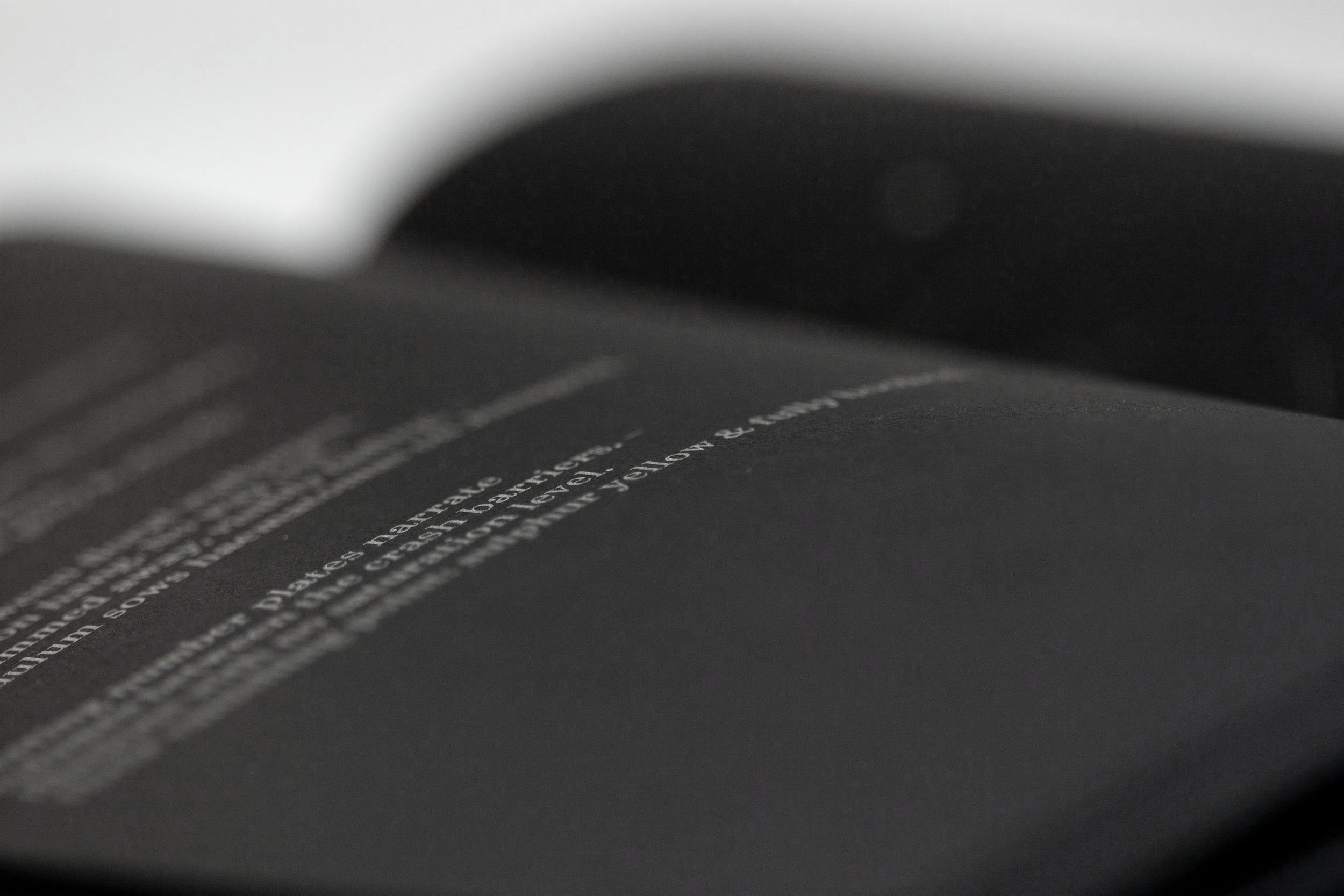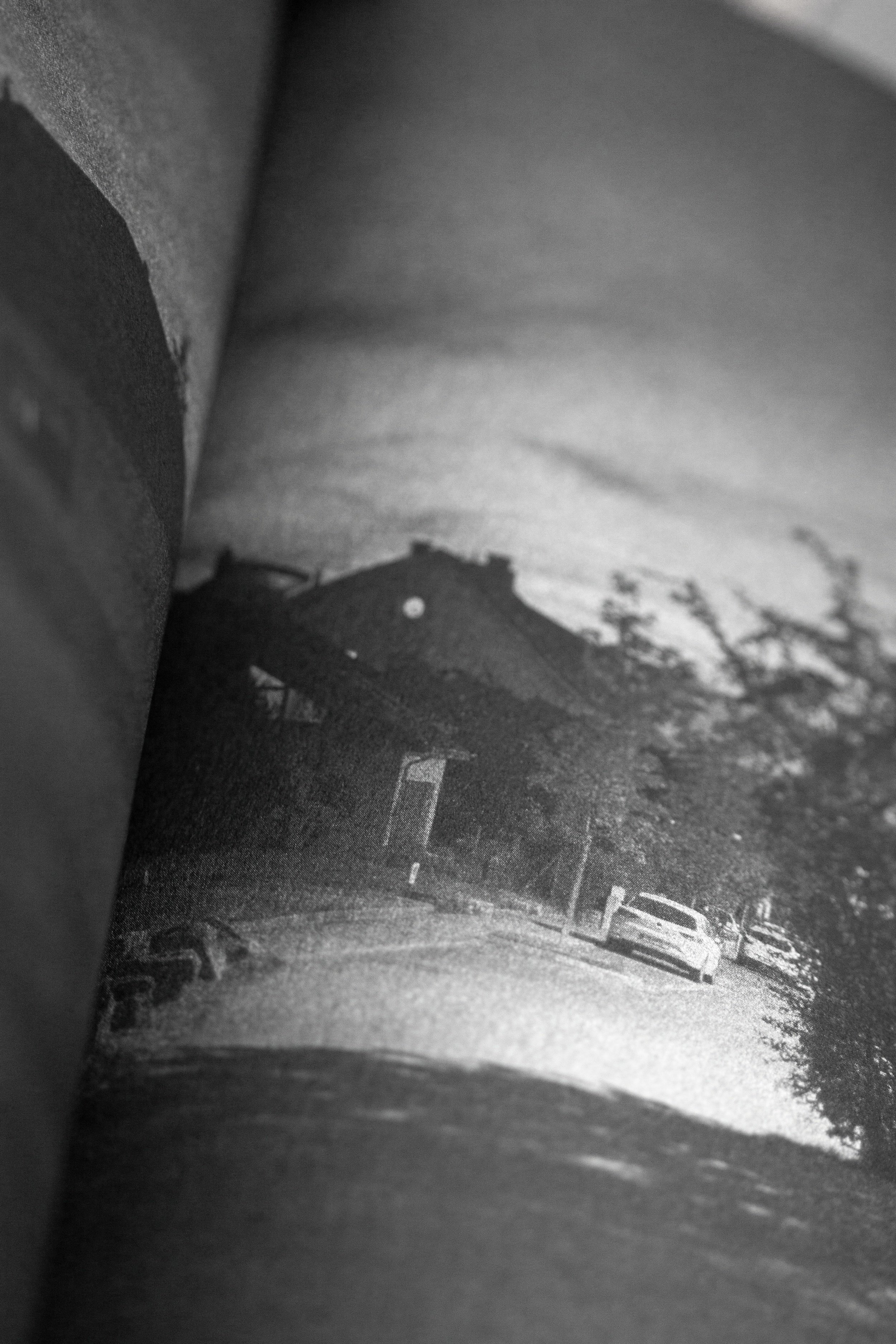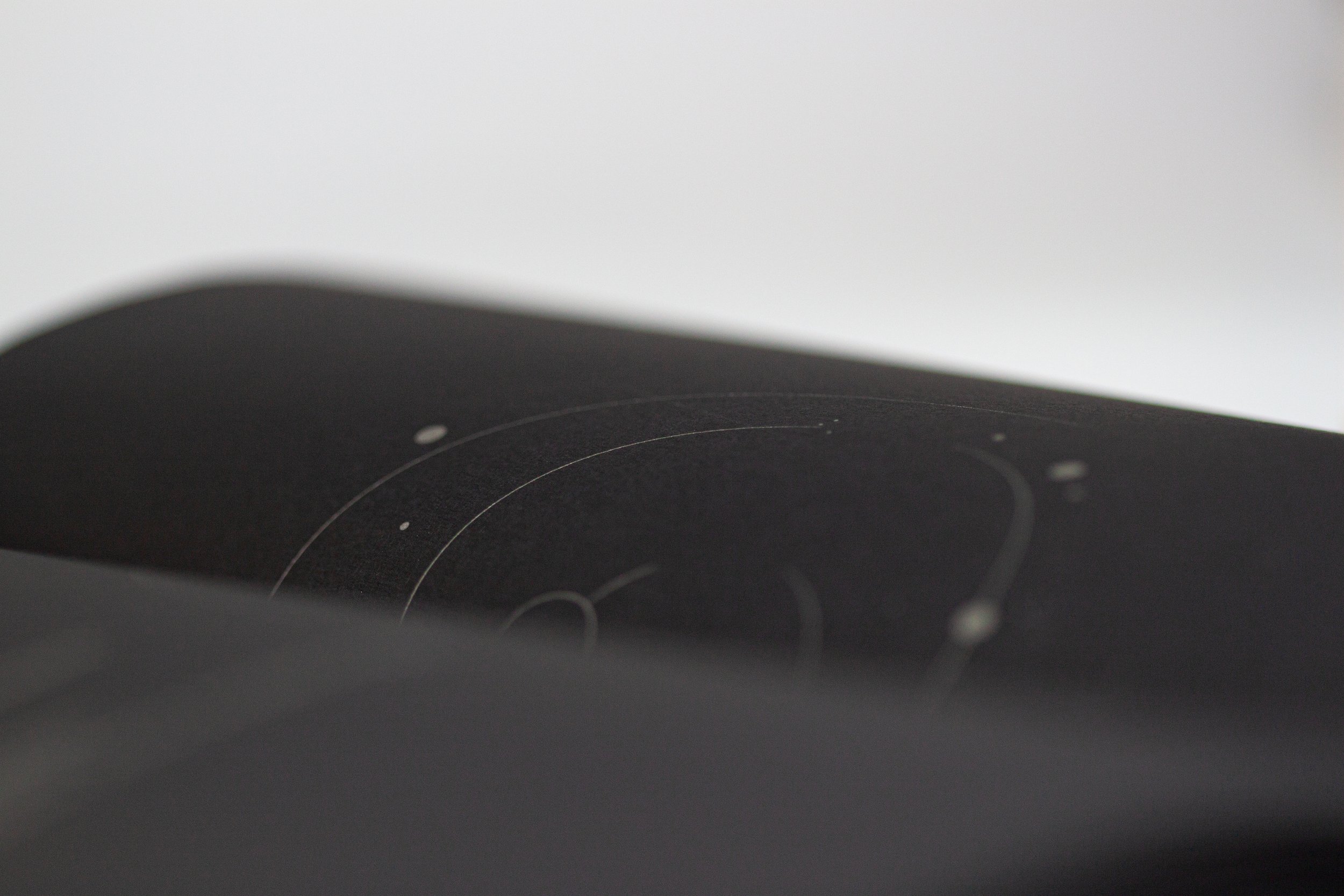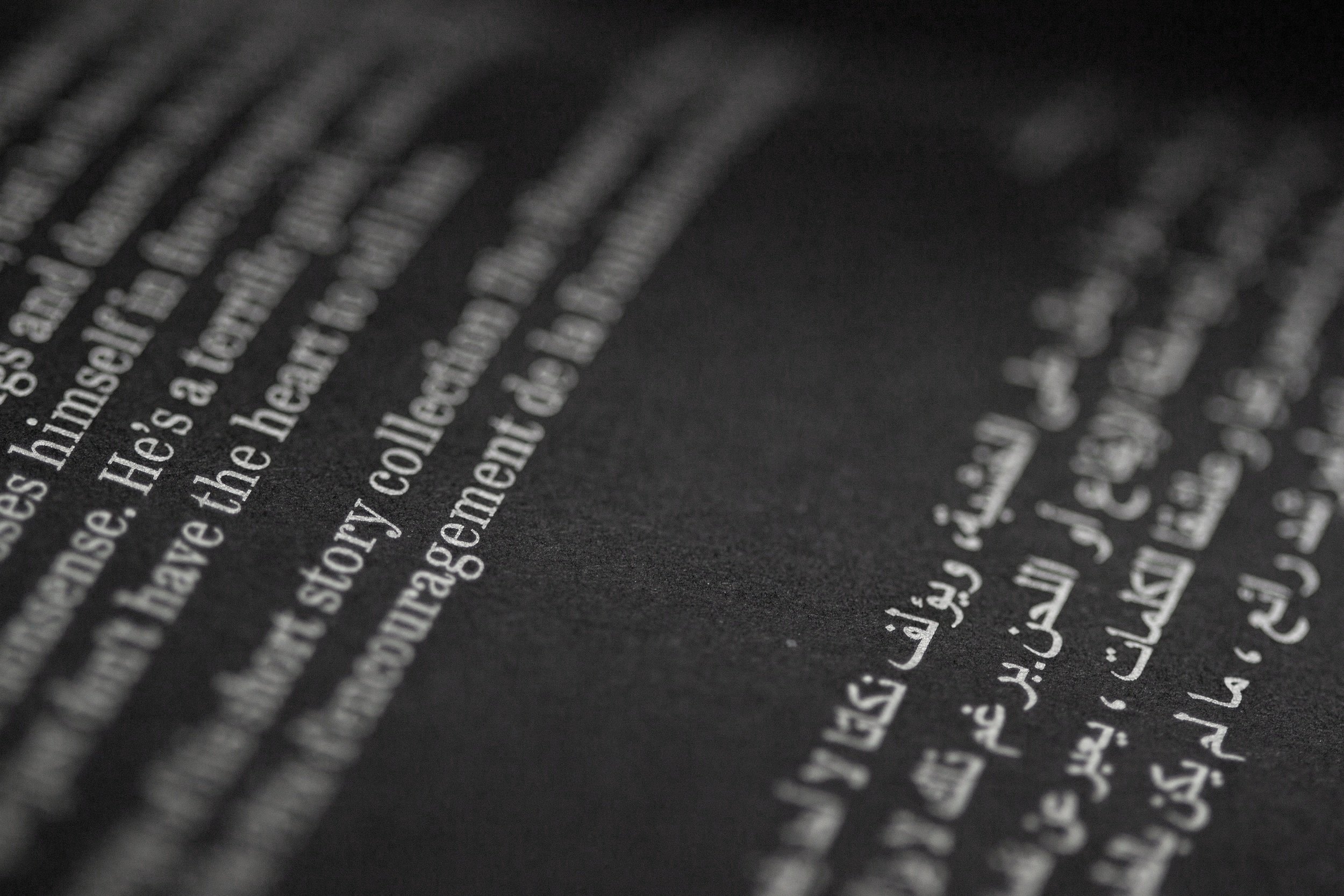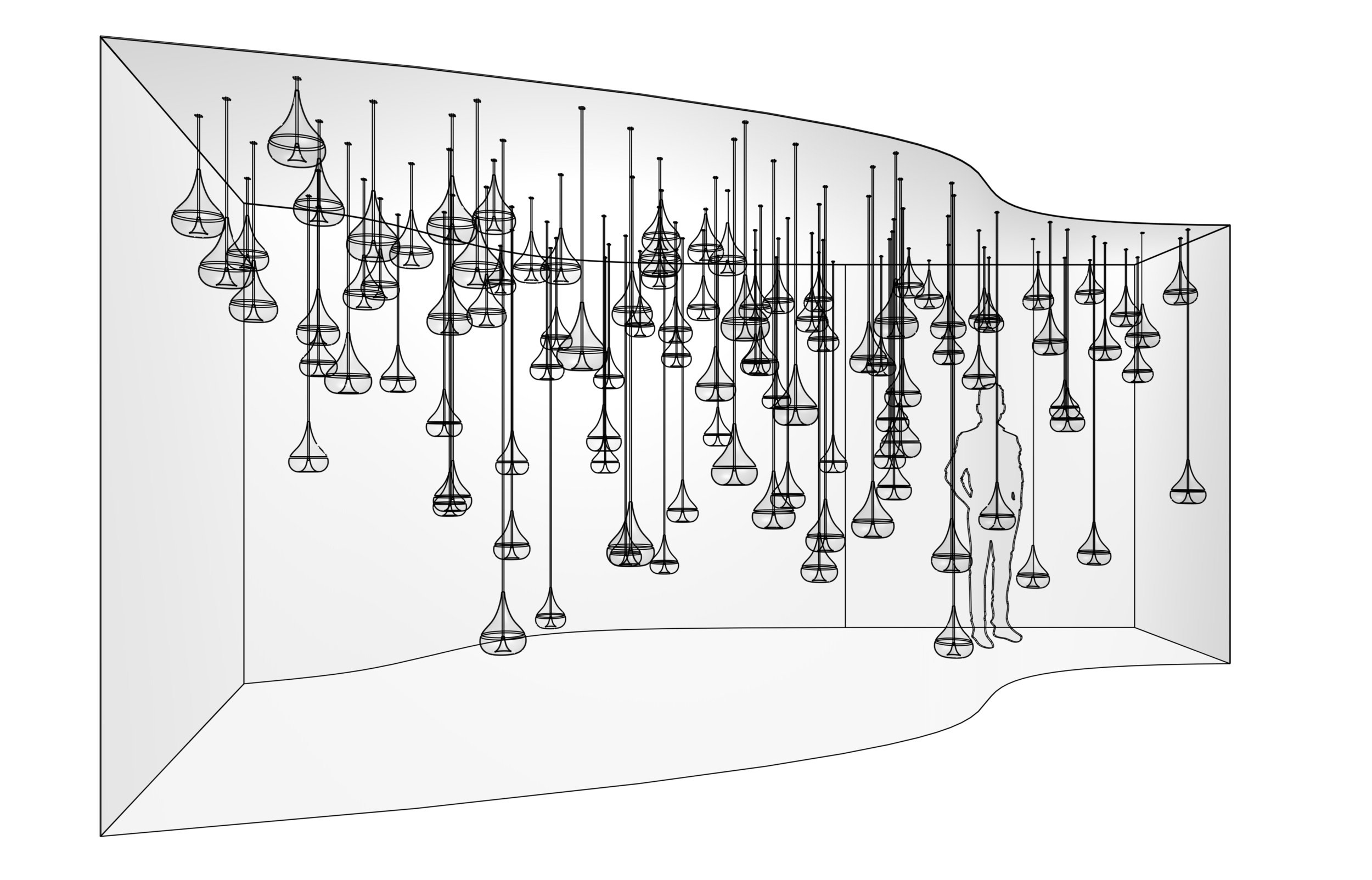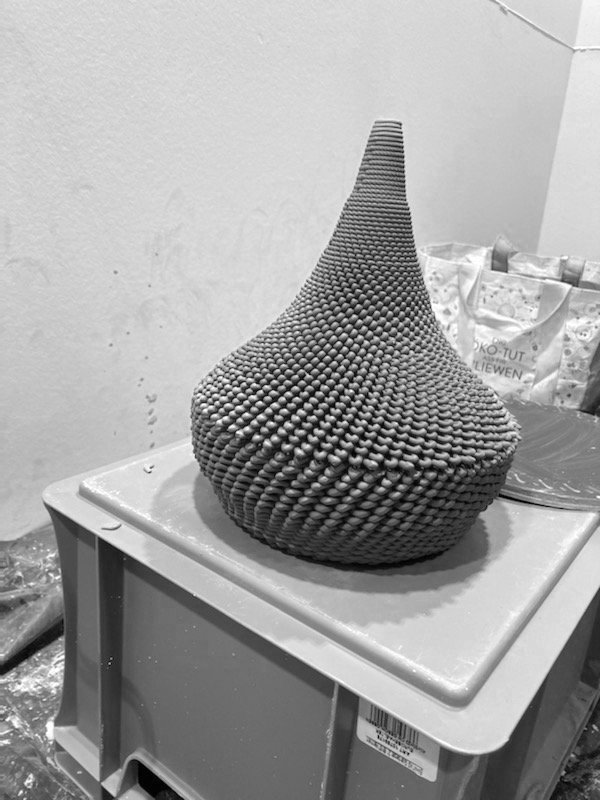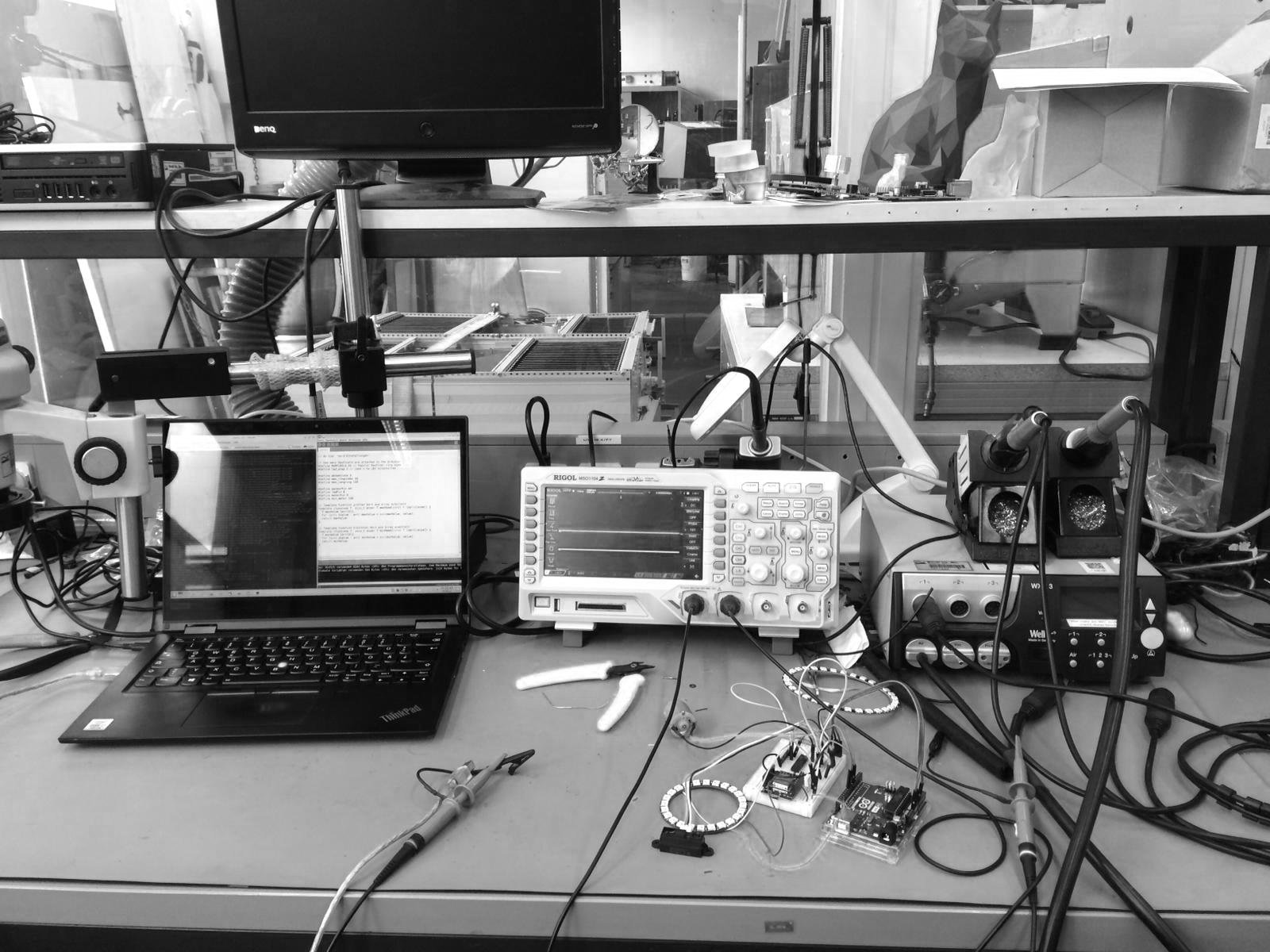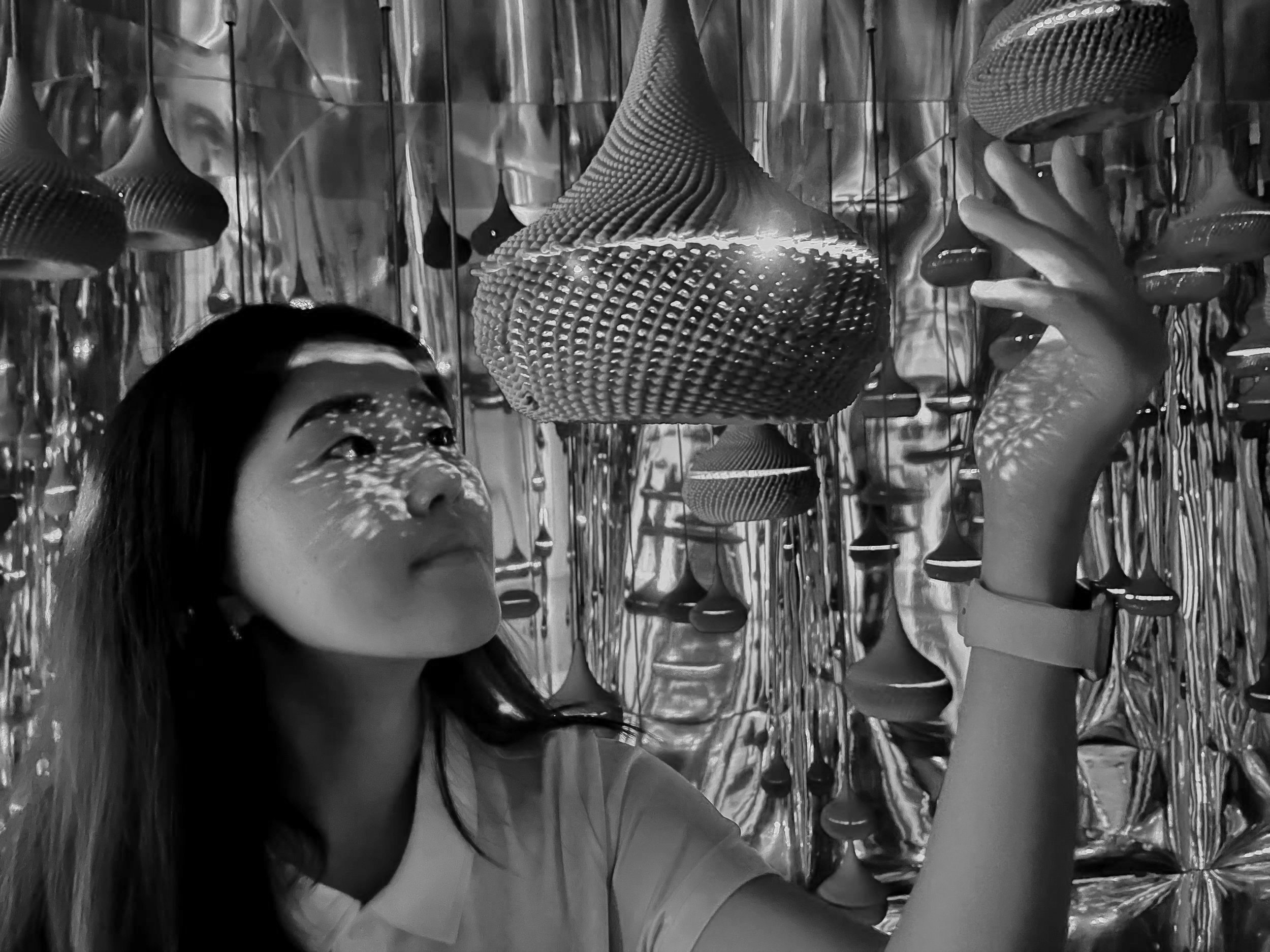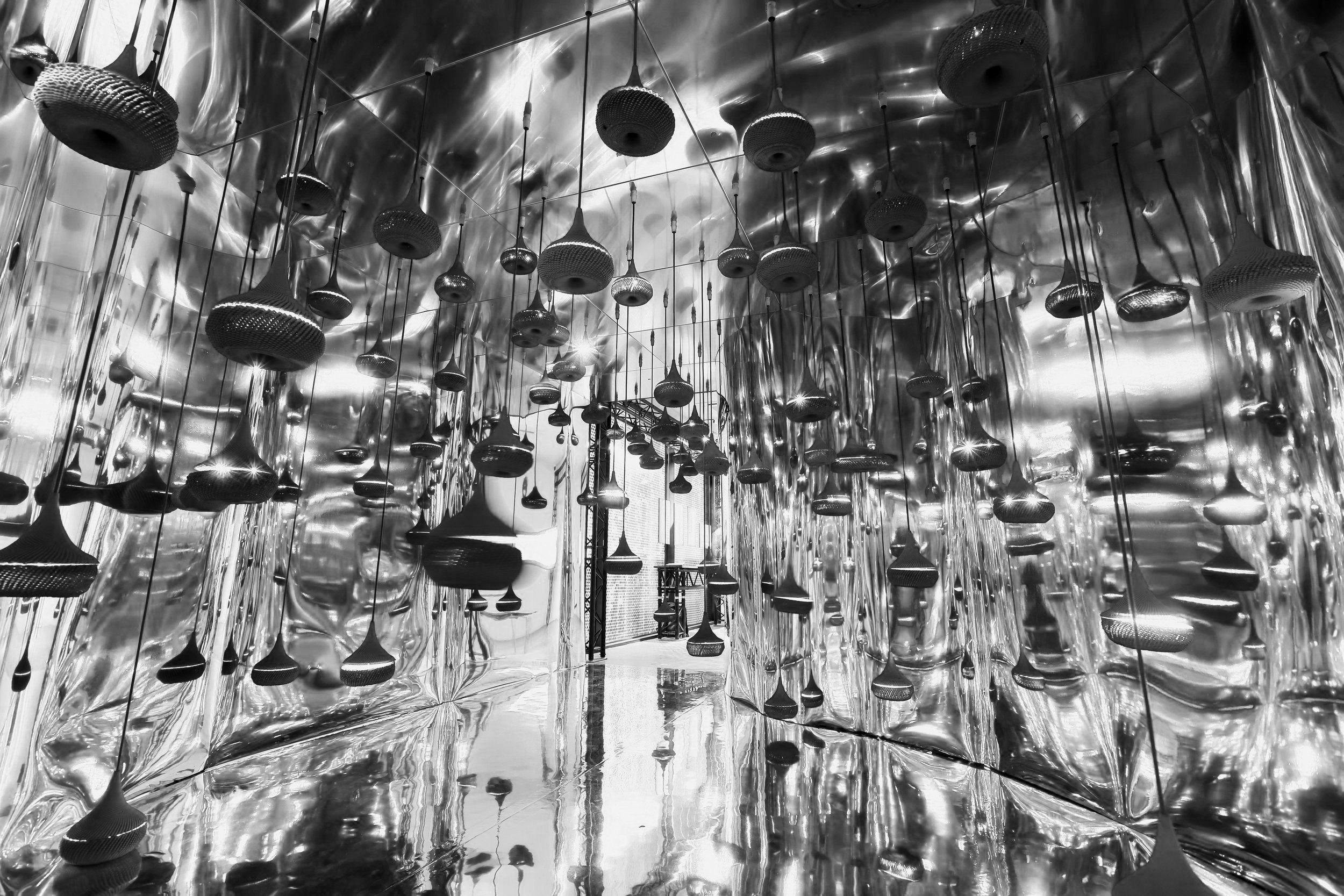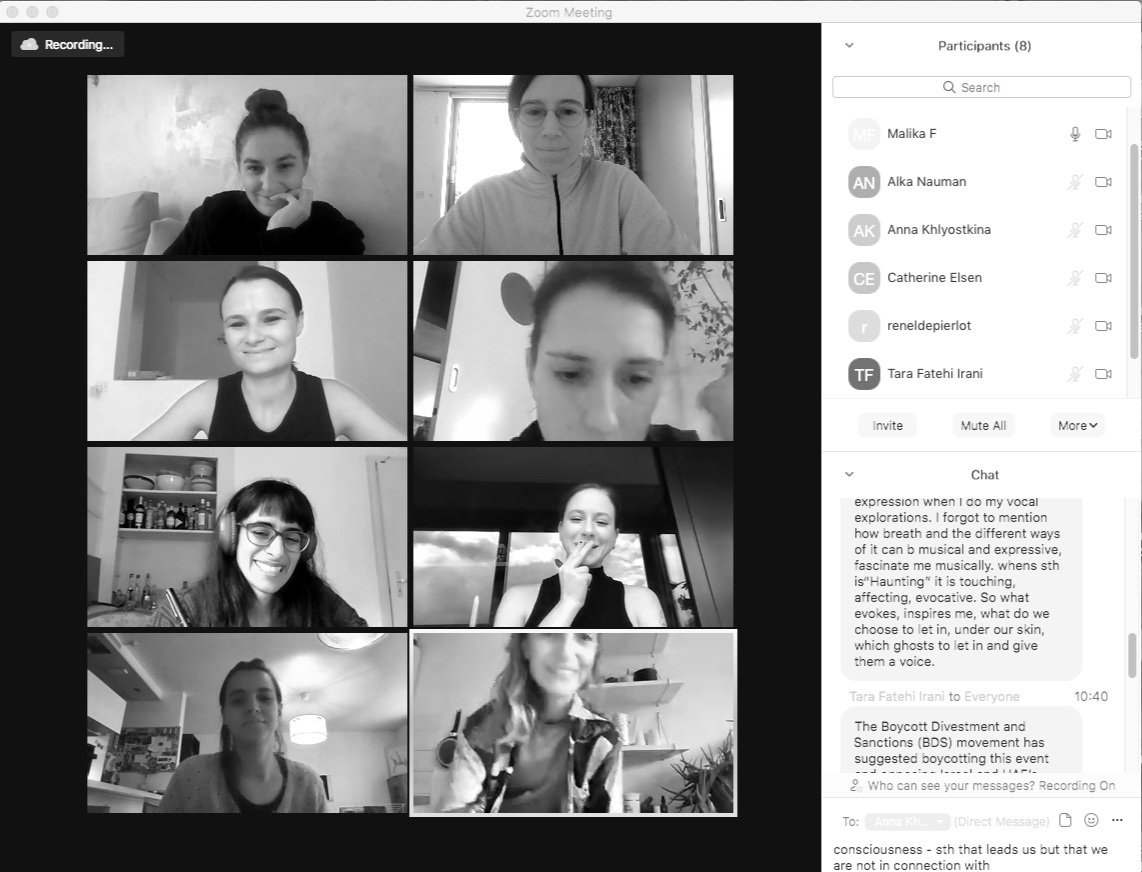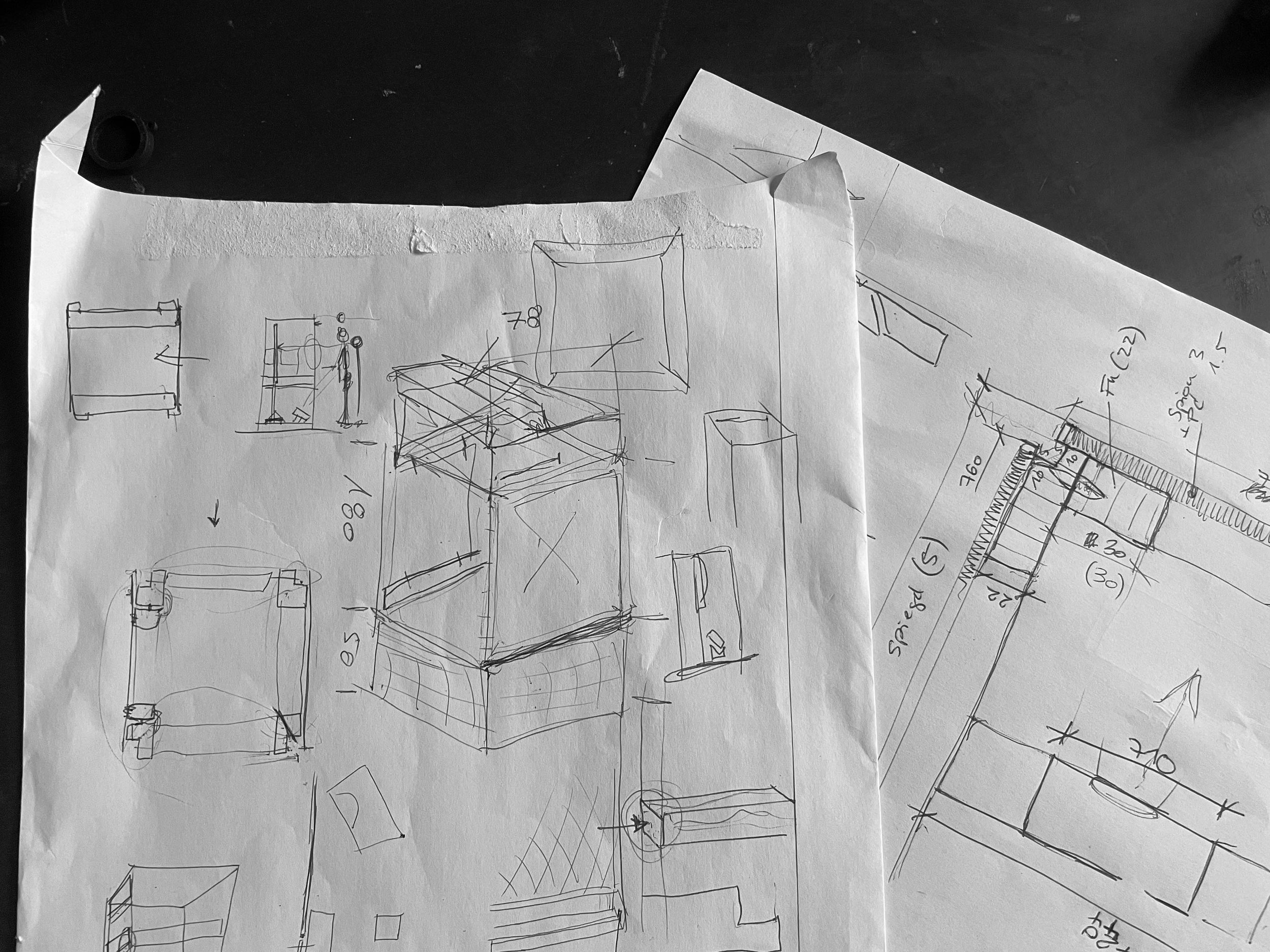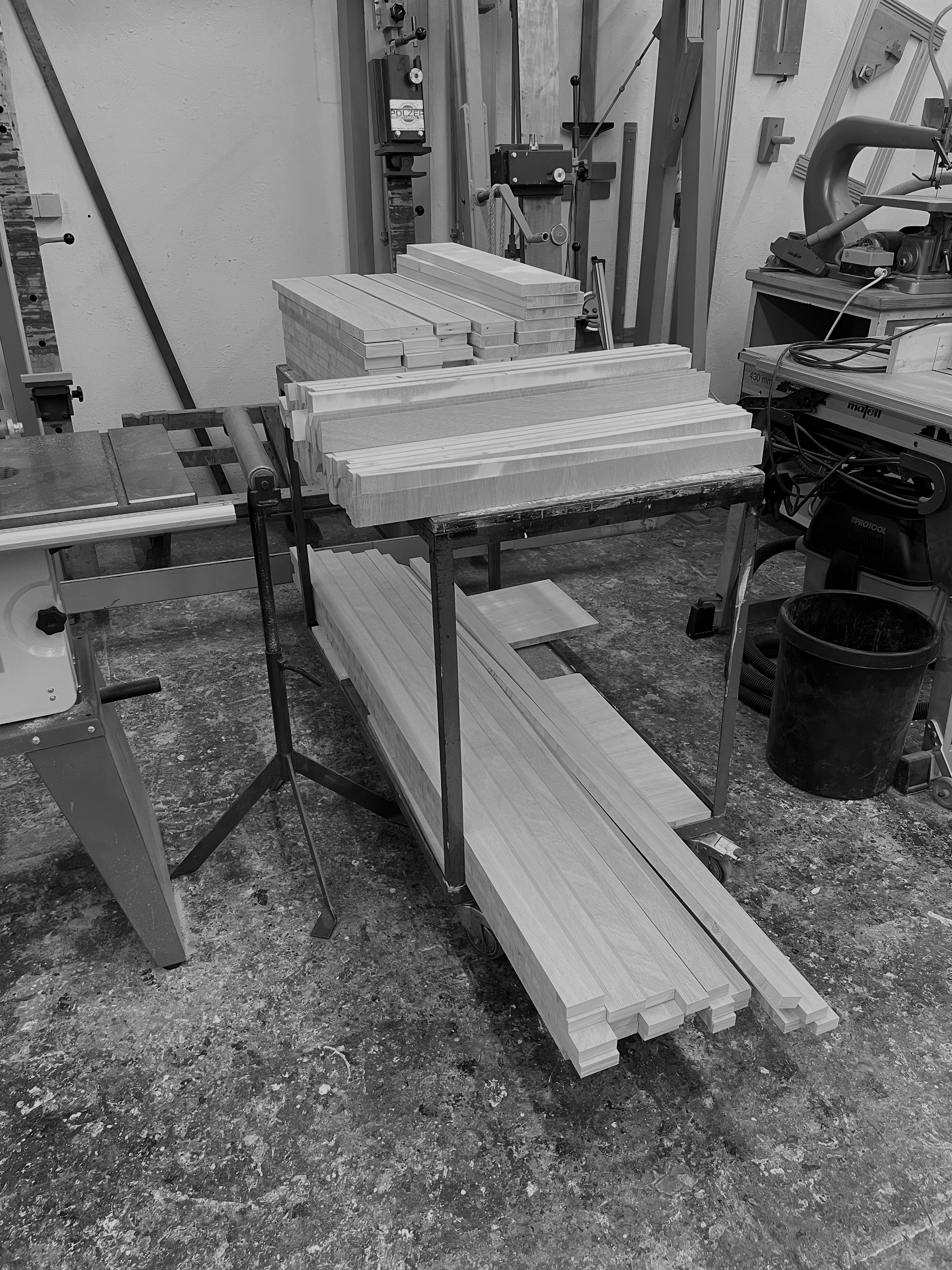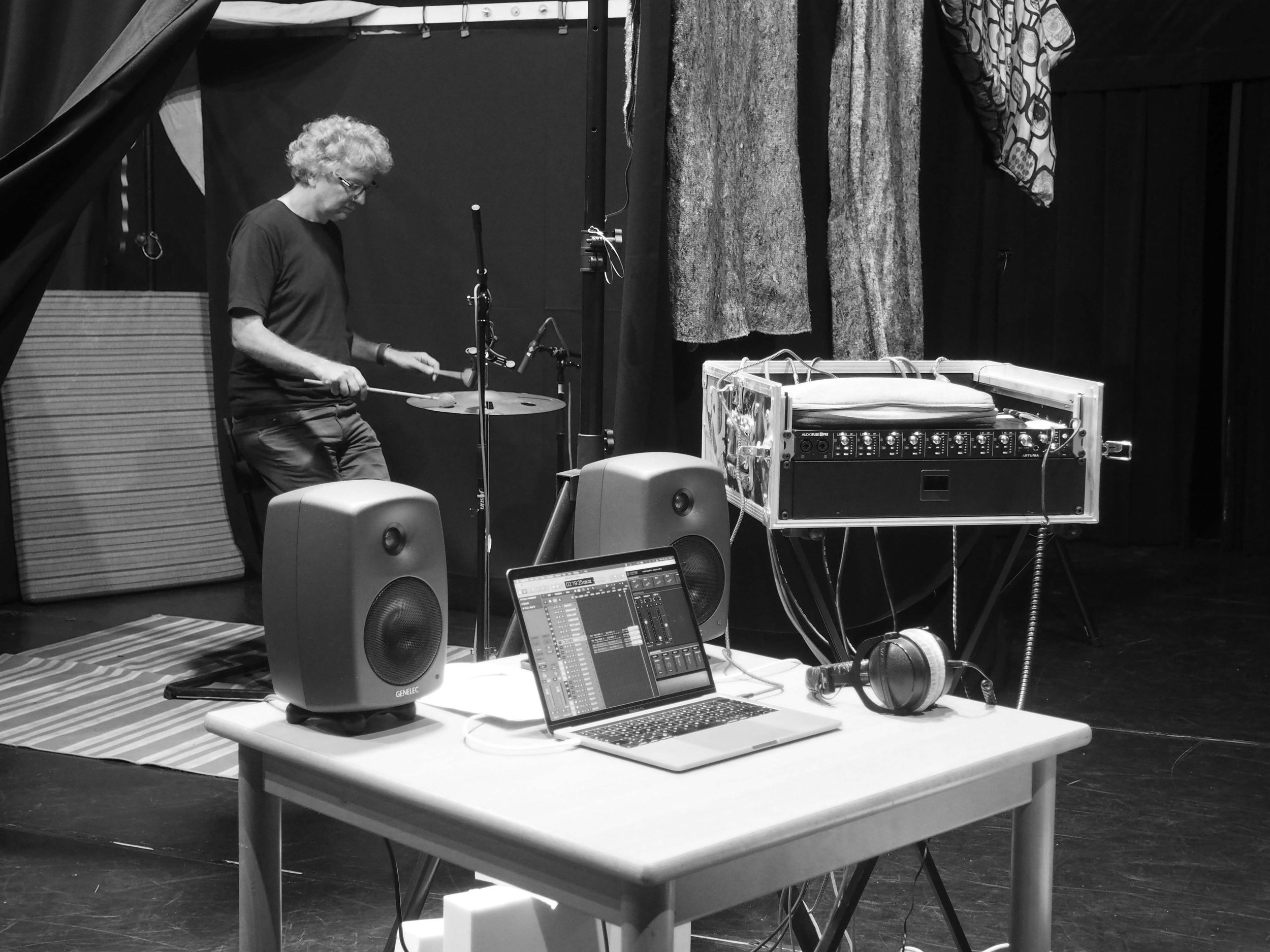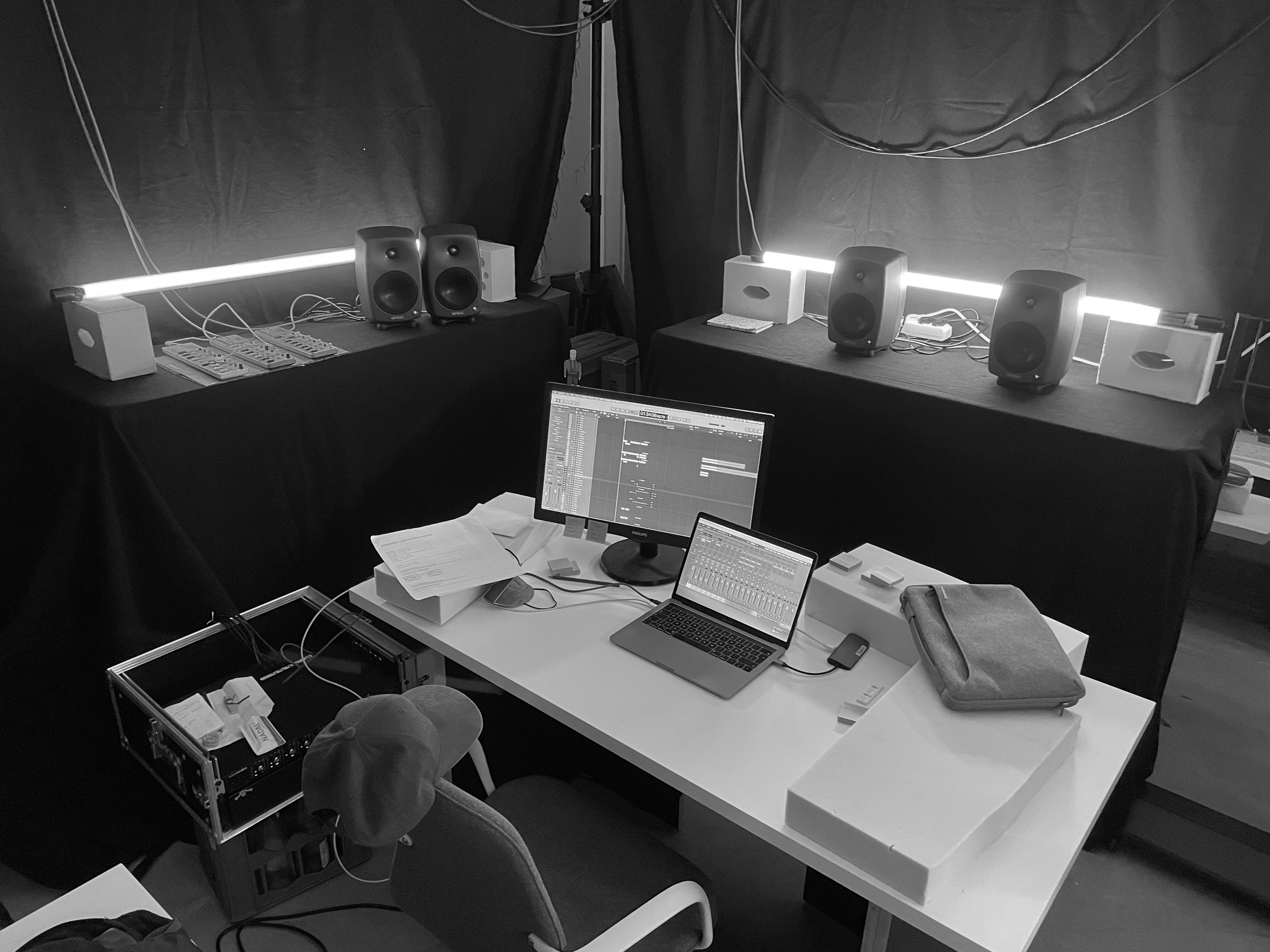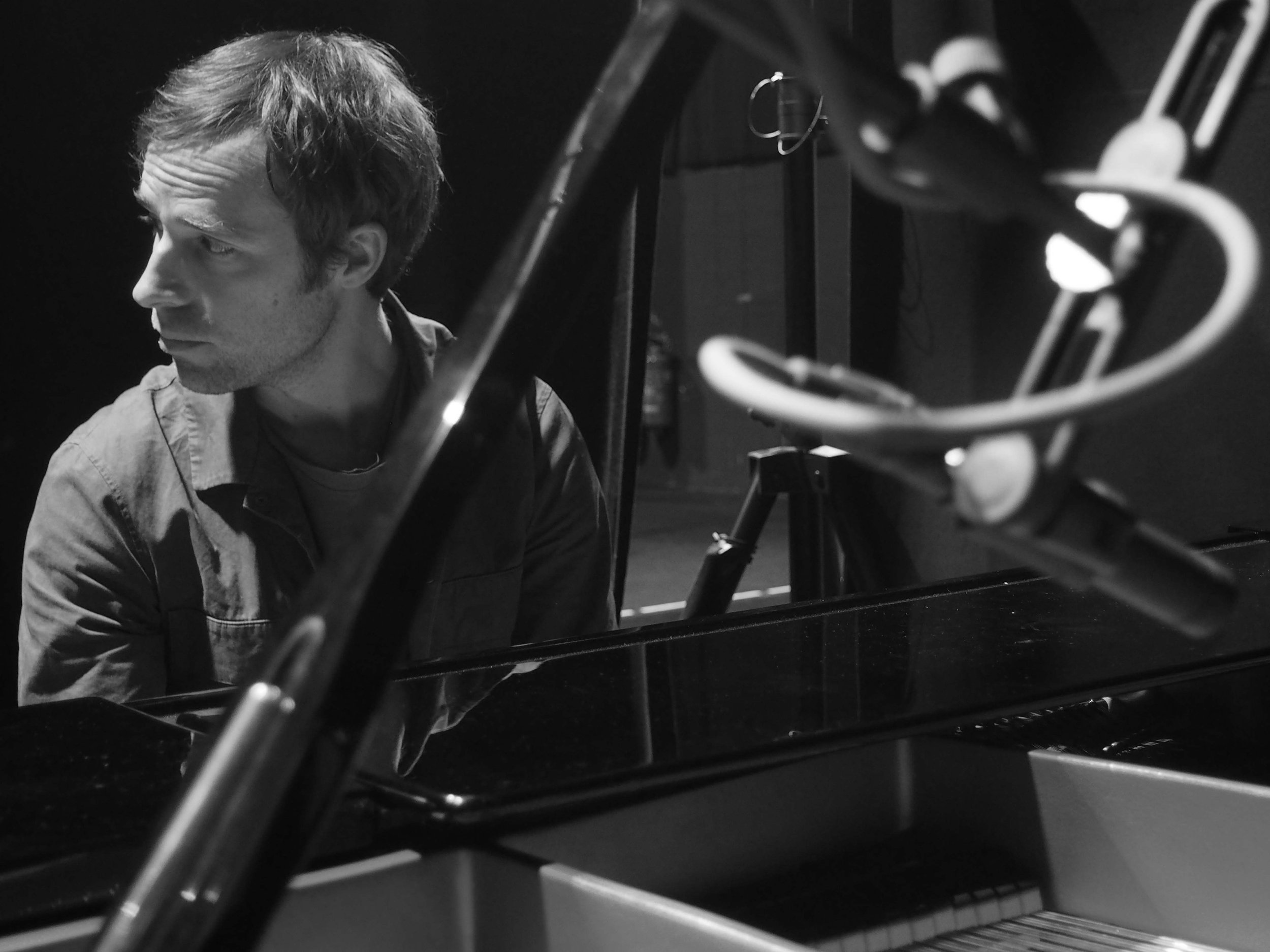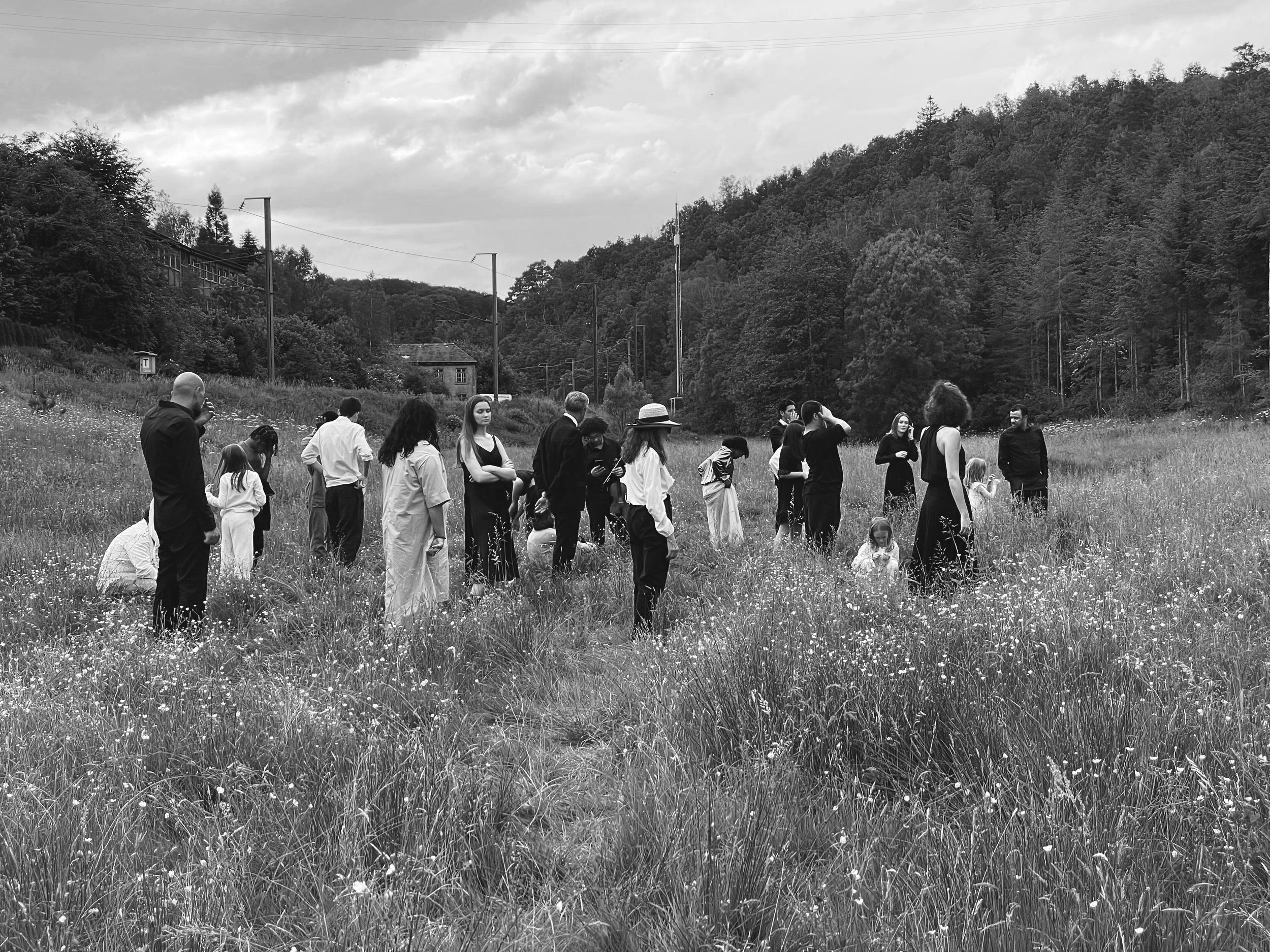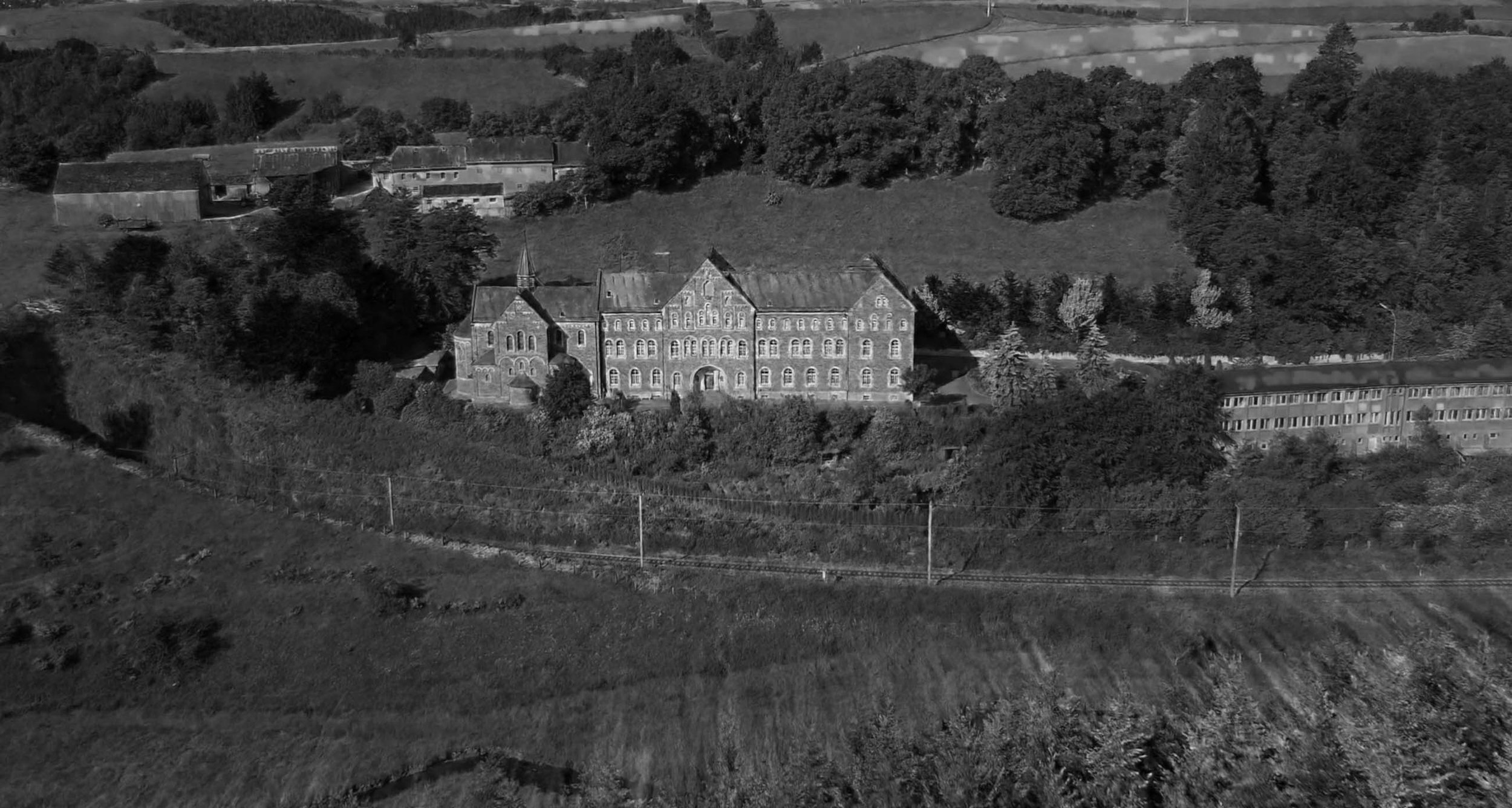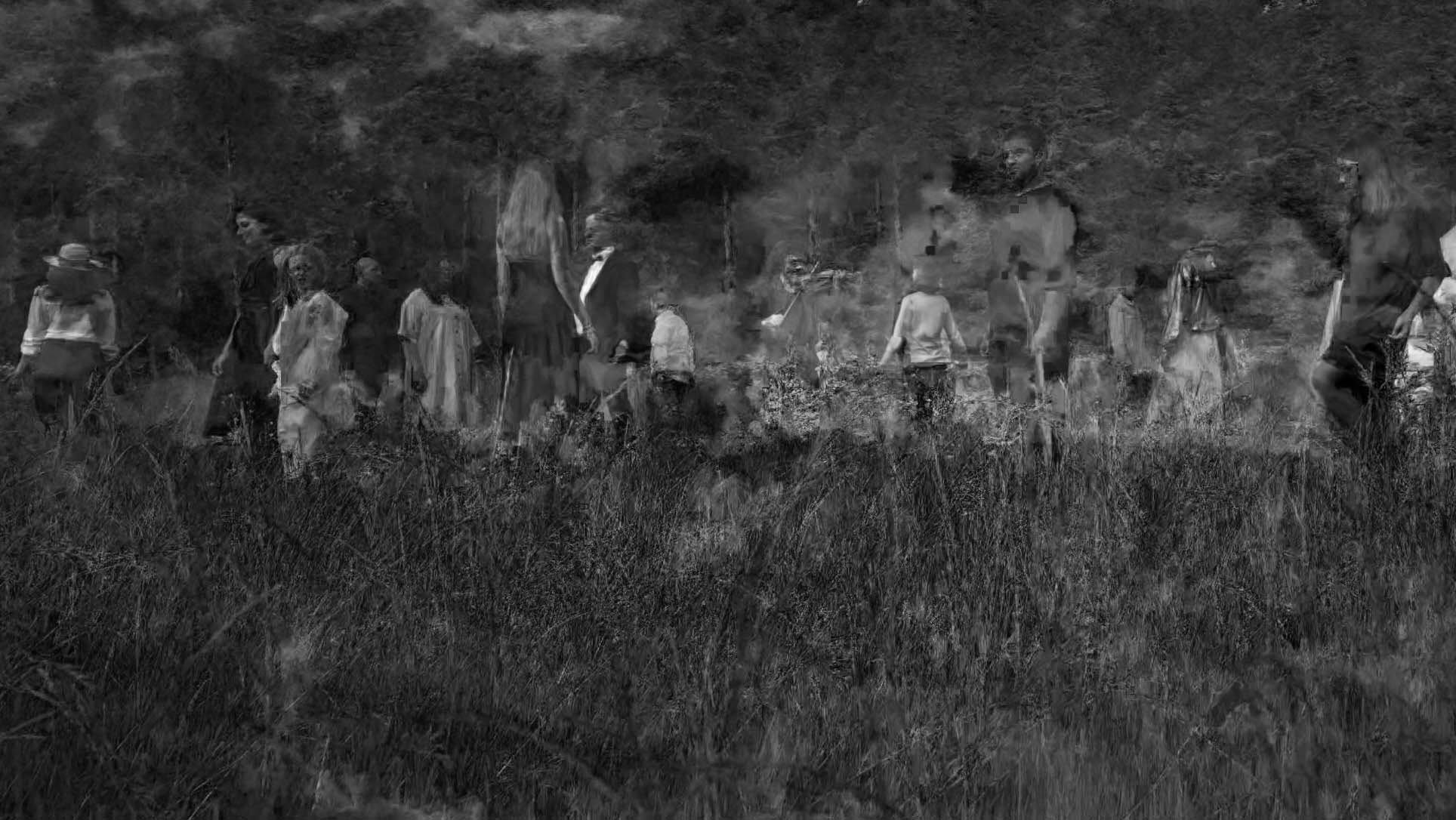Mir wëlle bleiwen, wat mir ginn consists of six projects that have been selected for exhibition from January 15 to January 28, 2022 in the Luxembourg pavilion at EXPO 2020 DUBAI. The exhibition will now move to the CNA/Pomhouse in Dudelange for a second presentation.
Anthologie
Artefacts
How To Host A Ghost
Gestalten
Spectrum Cinqfontaines
Full Memory
Anthologie
Guy Helminger, author, in collaboration with Julie Conrad, designer and Karolina Markiewicz and Pascal Piron, visual artists
Together with several authors, including Ulrike Bail, Jean Bürlesk, Samuel Hamen, Roland Harsch and Nico Helminger, Guy Helminger has produced a poetry anthology on the subject of Mir welle bleiwen, wat mir ginn / Connecting Minds - Creating the Future, published by the National Centre for Literature (NCL).
As a literary genre that is highly regarded in the Arab world, poetry in the form of a multilingual collection with 40 poems written by 21 renowned Luxembourg authors, translated into English and Arabic, makes it possible to present an extract of Luxembourg literature to a global audience. The layout, created in collaboration with Julie Conrad, includes photographic prints of Luxembourg in Dubai, produced by Karolina Markiewicz and Pascal Piron, which illustrate the subject of the anthology as well as the unifying theme of the World Fair.
In addition, the anthology will be available for sale at EXPO 2020 DUBAI. In the pavilion, public readings with Arab and Luxembourgish authors will be organised in order to facilitate literary encounters that will help people to get to know each other and to link cultures.
Artefacts
Julie Conrad, designer, in collaboration with Patrick Muller, multimedia artist
Pottery, an ancient invention of mankind and traditionally practiced in Luxembourg and Dubai, is a form of craft that refers to the symbolic idea of human unity. In Julie Conrad's installation, the traditional method of making pottery is reinterpreted through the use of 3D printing.
Inspired by Péckvillecher, Luxembourg's traditional handmade clay whistles in the shape of birds, she designed an installation of a large group of clay objects from Nospelt.
Reactive to the movements and interaction of visitors, this cloud of objects resonates and plunges passers-by into a parallel universe. The objects react individually but also as a whole, like a flock of birds, and form a unique melody that connects minds, giving pride of place to auditory and visual sensations.
In a world where a million subjects and situations vie for our attention, can you keep your cool? Do you take action or feel powerless in the face of today's challenges? Can you gaze up at the stars in wonder, or do you panic in the face of the infinite universe?
What is this melody that makes Luxembourg soil sing? What stories does it tell us?
Other collaborators and consultants: Eugène Biver, Diego García Cuevas, Maida Halilovic, André Conrad, Eric Schanck, Max Schaal, Berl & Cie, Robert Heel, Tasso Mulzer and Florian Machner.
How To Host A Ghost
Simone Mousset, choreographer and Renelde Pierlot, director
How to Host a Ghost is a work in progress that deals metaphorically with ghosts and haunted places. Considering the World Expo as a ghost town, unsuitable as a living environment for human beings, How to Host a Ghost invites a ghost to inhabit the Luxembourg Pavilion. A ghost that questions the impact of the World Expo, and that constantly reminds us of repressed or silenced concerns.
The project consists of the Ghostcatcher, a darkly entangled sculpture-monument exhibited in the Art Space, and of Hunting and Haunting, a nocturnal residency-laboratory for seven performance artists.
As part of the creation of the Ghostcatcher, six artists from Luxembourg, Croatia, Russia, Lebanon, Iran, and Dubai have been commissioned to reflect on socio-political ghosts and all things hidden away and silenced in their own surroundings, and to create visual artworks that reflect their thoughts. Every night from 17-23 January, as a part of the residency Hunting and Haunting seven performance artists will haunt the pavilion and deconstruct these specially commissioned artworks, integrating them into the Ghostcatcher as a violent and constantly growing web of knotted, discoloured and ripped entrails.
In doing so, they mark a brutal presence for their questions about the relevance and ethics of the Expo and in particular of creating contemporary art for that event.
Hunting and Haunting artists: Catherine Elsen (Luxembourg), Malika Fankha (Switzerland), Tara Fatehi Irani (Iran/UK), Anna Khlestkina (Russia), Simone Mousset (Luxembourg), Alicja Nauman (Poland), Renelde Pierlot (Luxembourg), Valerie Reding (Luxembourg) Catherine Elsen is unfortunately not present in Dubai.
Ghostcatcher artists: Sasha Abela (Lebanon), Sawsan Al Bahar (UAE), Katerina Andreeva (Russia), Laurie Lamborelle (Luxembourg), Sonja Obradovic (Croatia), Somayeh Pakar (Iran)
Gestalten
Patrick Muller, multimedia artist, in collaboration with Guy Helminger, author
The term Gestalt is a topos of German intellectual history which solves the classical problem of the transition from the perceptible world of the outside to the inner world of the imagination as a gestalt. The activity of action is combined with the passivity of perception to form a unity in which the transition between perception and meaning is merged (Gestalt15.09.2021, translated into French on 16.09.2021)
Three audiovisual sculptures tell their stories. Visitors are invited to listen to them - just for a moment to escape the flow of information in the pavilion, or for a longer period to be carried away by the stories.
The sculptures, of equal size, are arranged in groups on the floor of the dark room. Their shape is reduced to the point that only a cube remains. Their walls, which are only fragmentarily transparent, reveal inside the representation of a human iris, sometimes more or less clearly, sometimes more or less in abstract form.
Who are these characters and what is their story? Are they creatures of the past, present or future? A representation of strangers? Or representations of ourselves? Is this what Luxembourgers are all about?
Through the only semi-transparent cubes, Gestalten blurs the idea of inside and outside, questions the idea of borders and national identities.
The auditory part of Gestalten consists of a selection of musical poems from the anthology: the poems were read and recorded by their respective authors. These recordings served as a score for the musicians of United Instruments of Lucilin. The voice and music recordings form the sound component of Gestalten.
Spectrum Cinqfontaines
Karolina Markiewicz and Pascal Piron, visual artists, in collaboration with Adolf El-Assal, director and Patrick Muller, multimedia artist
Duration: 15 minutes
The relationship between the past and the future is that of writing history and its memory. This memory embodied by men, women and children dances before our eyes.
The perspective on our history is also the perspective we have on the future and the importance or neglect we give to certain historical events defines us. Inspired by the story of Rob Ruijs, grandson of Richard Hellmann, and the location of Cinqfontaines, an assembly camp for Jews before their deportation to the death camps during the Second World War, Karolina Markiewicz and Pascal Piron wrote a film mixing documentary and fiction. They are currently working on post-production. This film exposes the history of the convent of Cinqfontaines during the Second World War, whose forced role during the occupation is little transmitted and whose memory is little preserved. The Second World War is here put in resonance with the present time. The film touches on the repetitive, almost perpetual history of migration and minorities, and focuses on the new refugees. Thus, in a concrete way through a documentary part and then in a poetic way through a performative part danced by adult performers and children, of very diverse origins, the film questions the writing of history and collective memory. Music plays a very important role, the Leitmotiv
is composed by Shafi Badreddin, of Syrian origin, and performed by the Ornina Orchestra chamber orchestra he founded eight years ago. On the other hand, Patrick Muller of the KënschtlerKollektiv takes care of the sound environment of the film and finally a choir under the direction of Lynn Gloden interprets typical Luxembourgish sounds. This weaving of sounds accentuates
the reflection on memory, transmission and history in general in a global context.
Full Memory
Adolf El Assal, director
Duration: 12 minutes 27 seconds
A young Syrian man leads a normal life in Europe but has to face a dark reality about his past.
Ziad, a young emigrant left his country during the war ten years ago. He misses his old life and is very excited that his brother is coming to visit him. Ziad wants to show his brother what life is like in Europe but he has to face the dark truth about his past and what happened to him in his homeland.

